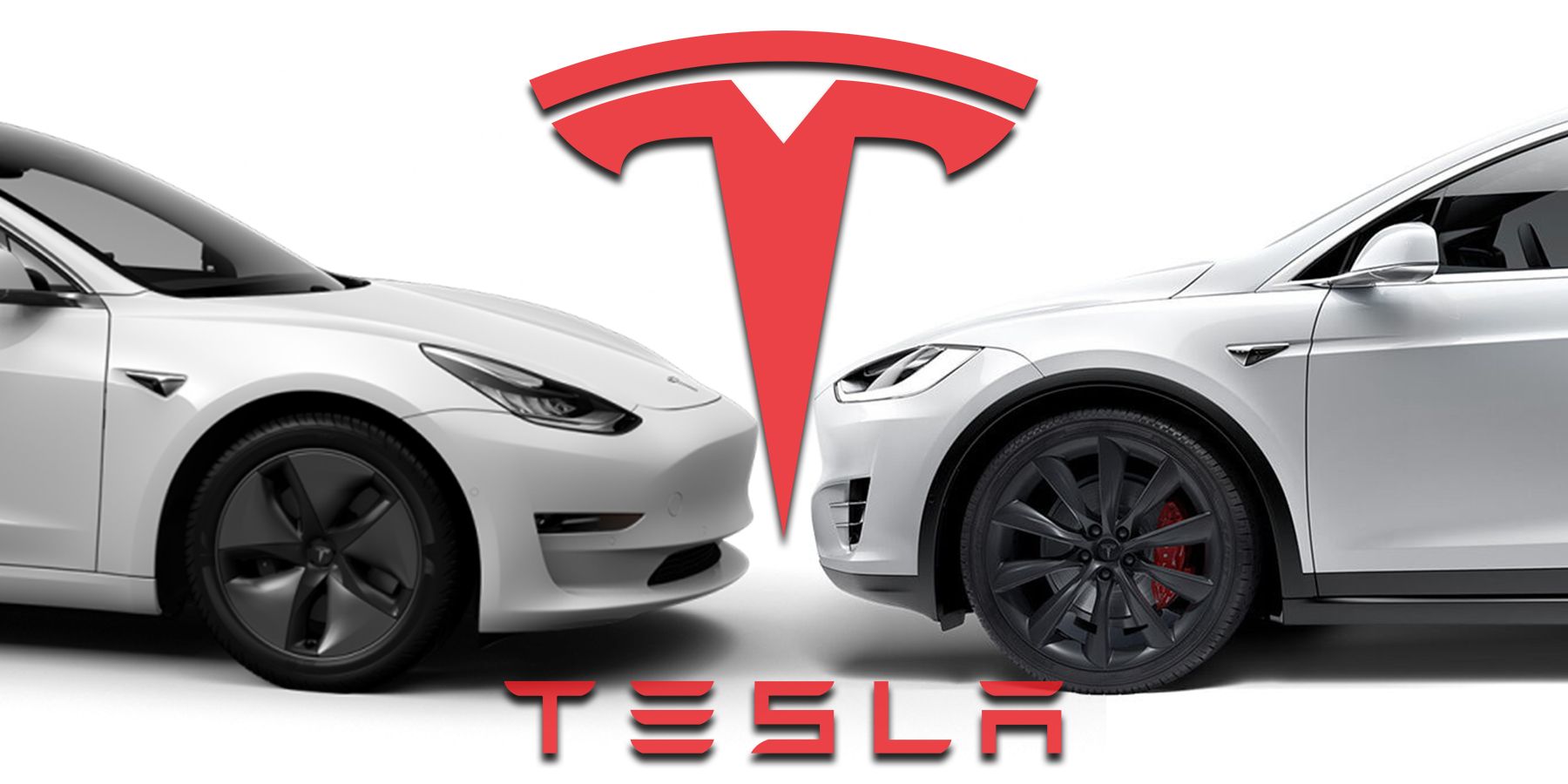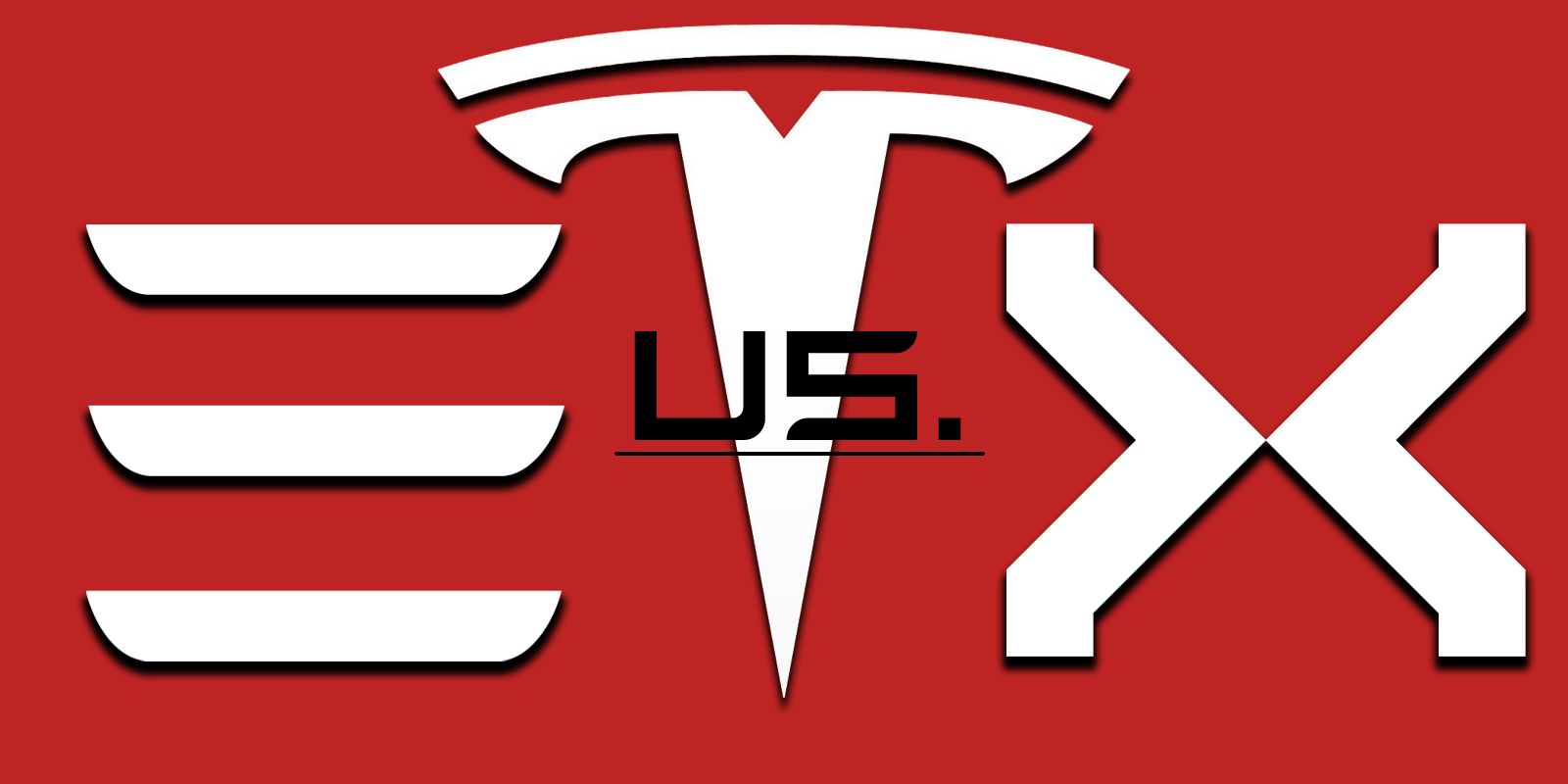
Tesla currently sits atop the electric vehicle (EV) food chain with four available models. Of those choices, Tesla's Model 3 sedan is its most affordable option while the Model X SUV is the company's least affordable. Besides the price, these two EVs differentiate in nearly every category. Here's a breakdown of how the Model 3 and Model X compare.
The Model X was unveiled by Tesla as a prototype in 2012, but it did not reach the point of actual deliveries until 2015, due to manufacturing delays. A mere year after its official debut however, the Model X was already ranked seventh among the world's best selling plug-in vehicles. This past May, Tesla lowered the standard purchase price of a Model X by $5,000. The Model 3 debuted in 2017 and has quickly become the world's best-selling EV to date. While the Model 3 doesn't come with as many performance features as the other models, Tesla has a sharp focus on it as the company's premiere vehicle for the foreseeable future.
When comparing these two EVs on Tesla's website, the one thing should initially ring clear is the immense gap between the price of Model 3 and Model X. That should be an automatic tell as to how different they are in terms of range and speed. The Model X can outperform the Model 3 in nearly every category, but what is more important to note is how these categories still compare, and whether it's worth it to pay more to have the advantages the Model X offers. To get started, the pricing tiers for each powertrain option currently available.

The Model 3 sedan is Tesla's most affordable EV for a reason. It is currently available in three separate powertrains, offering specific mile ranges and top speeds for various costs. The most basic is the Standard Range Plus with a single, rear-wheel drive motor. However, it can travel 263 mile on a charge and reach a top speed of 140 mph. The Model 3's other options are both dual motor all-wheel drive (AWD): the Long Range can travel 353 miles and can get up to 145 mph top speed. The Performance Model 3 has a shorter range of 315 miles, but can reach speeds up to 162 mph. The purchase price for these models with all standard features, including white paint, are as follows: the Standard Range Plus starts at $37,990 and can go as high as $52,490 with all available features added. This includes custom paint, interior trim, wheels, and the capability for full self-driving (FSD). The Long Range Plus Model 3 starts higher at $46,990 and can reach a price of $61,490 with all added features, while the Performance option takes the top spot at $54,990 for standard features and $67,990 with all add-ons.
If that sounds too rich, hold on. The Model X only offers two powertrain options to customers, but they are both dual motor AWD and outperform the Model 3. The Long Range Plus starts at a standard price of $79,990, almost $15,000 more than the most expensive Model 3. This powertrain can travel 371 miles on a single charge and reach a top speed of 155 mph. Here's where the pricing gets tricky - the Model X comes with more customization options than the Model 3, and they can not only alter the price, but also the performance. While the Model X comes with five seats as standard, there is an upgrade option for six seats (2 rear captains chairs) for an additional $6,500 or seven seats for $3,500. The price for the Long Range Plus with all the most expensive add-ons (paint, interior, wheels, and six seats) comes out to $105,990 ($102,900 for seven seats).
The other Model X option is the Performance Powertrain. At a starting price of $99,990, this Tesla can travel 341 miles, reach a top speed of 163 mph (1 mph faster than the Performance Model 3), and go 0-60 in 2.6 seconds. For the fully loaded option, including the more expensive six seats, this model comes out to $125,990. One thing that's important to note with this price is that it includes the 22-inch Onyx Black wheels for $5,500, but those custom wheels lower the Performance model's range from 341 to 300 miles.
All in all, the Model X has more to offer in terms of range, speed, and size. The SUV frame boasts a cargo space of 88 cubic feet and bests the Model 3 sedan by 63 cubic feet! That being said, the starting price of a white Model X with zero customizations is nearly 50-percent more than the price of a standard Model 3. If price is no issue, the Model X will give the buyer everything they need in terms of speed, safety, and room. If a customer is new to EVs and perhaps doesn't have $100,000 lying around, the Model 3 is hands down the way to go for value and performance. If anyone is still unsure, or perhaps somewhere in the middle, they might want to consider Tesla's newest EV, the Model Y. As a smaller version of the Model X, Tesla's Model Y offers a lot of the same features, but at a friendlier price.
Source: Tesla
https://ift.tt/3oMOSY7
October 30, 2020 at 05:35AM





